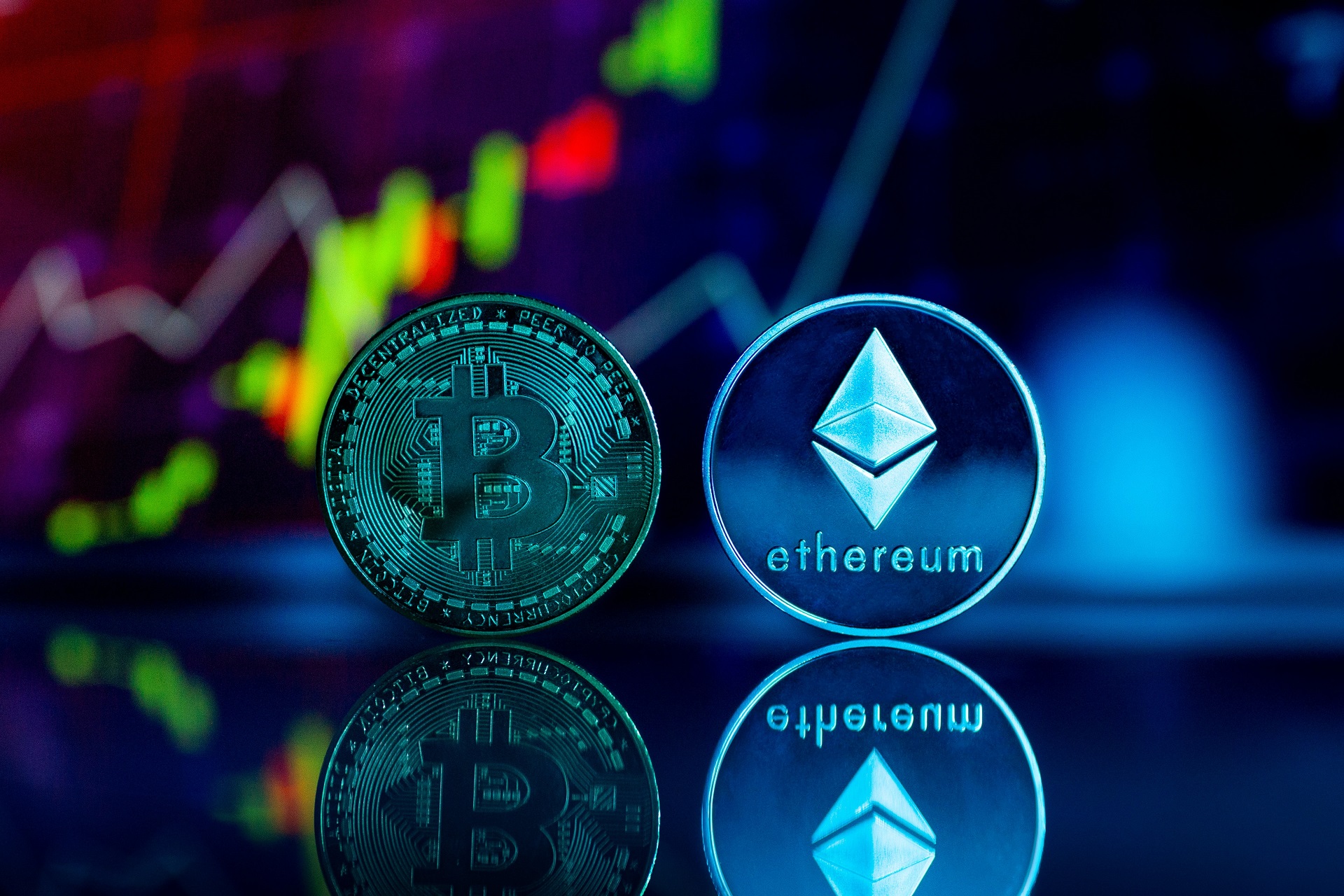The blockchain is most popular for powering cryptocurrencies — but that’s not the only tech they’re capable of supporting. Modern cryptocurrency platforms, like Ethereum, have developed a way for users to take advantage of the blockchain to create a new kind of application — decentralized apps, or dapps.
Unlike traditional applications, dapps are native to the blockchain and have a wide range of unique features as a result.
The Basics of Decentralized Apps
In essence, decentralized apps are like normal apps, except that they’re distributed, meaning they run on a peer-to-peer network. With Ethereum, that network is the blockchain.
The blockchain, at its simplest, is a kind of decentralized ledger tech. Copies of the blockchain run across a vast network of volunteers who maintain the validity of the blockchain by regularly updating and verifying new entries added to the ledger.
With Bitcoin, these entries are transaction data — the transfer and occasional creation of Bitcoin.
With other blockchain-based platforms, like Ethereum, the blockchain is a little more complex. Not only does the Ethereum blockchain carry info about transactions, it can also manage data related to a sort of self-executing piece of code, called smart contracts.
Dapps are effectively smart contracts that also have a frontend user interface, making them similar in function to traditional applications.
Rather than working on a single computer, these dapps draw the processing power that they need from across the network. This way, if a single node goes down, the dapp won’t go offline. Instead, it will continue to operate using the available network processing power.
The distributed nature of dapps means there are some limits to how they can be designed. To start, no one person can have control over the app’s function or code — all dapps are open-source projects as a result. Similarly, the data and records that the app uses or creates must be public.
While Ethereum was the first platform to implement the concept, it’s not the only one that supports dapps. EOS and Tron, for example, are two other popular platforms that support dapp development and function.
The Advantages of Decentralized Apps
Dapps have a few advantages that can make them more appealing than traditional apps.
Dapps have no one point of failure. For a dapp to be knocked offline, you’d need hundreds of volunteer clients to go dark at once. A normal, non-distributed app, by comparison, can fail if the server or cloud service that it is hosted on goes down.
Dapps also do away with user credentials. With a dapp, you can simply have users log in using their public/private key, which is much harder to spoof than traditional means of identity verification — like a username and password.
Because dapps run on the blockchain, they have a built-in currency and payments system you can take advantage of.
For example, if you’re building a dapp to run on the Ethereum blockchain and you want users to be able to pay each other for work done in the app, it’s typically easy to integrate smart contract functionality that allows them to pay each other in Ether, the platform’s native cryptocurrency..
This both cuts down on development time — as developers won’t have to worry about adding in PayPal or Stripe integration — and can make payments both easier and more secure for end users.
How Dapps May Shape the Future of Cryptocurrency
Decentralized apps are one of the more interesting potential uses of blockchain.
For developers wanting to build distributed applications that can interface directly with a particular cryptocurrency, dapps offer some major advantages.
While they’re not likely to replace traditional apps, the features that dapps can provide make them a valuable alternative for devs interested in cryptocurrency and the blockchain.
Recent Stories
Follow Us On
Get the latest tech stories and news in seconds!
Sign up for our newsletter below to receive updates about technology trends














